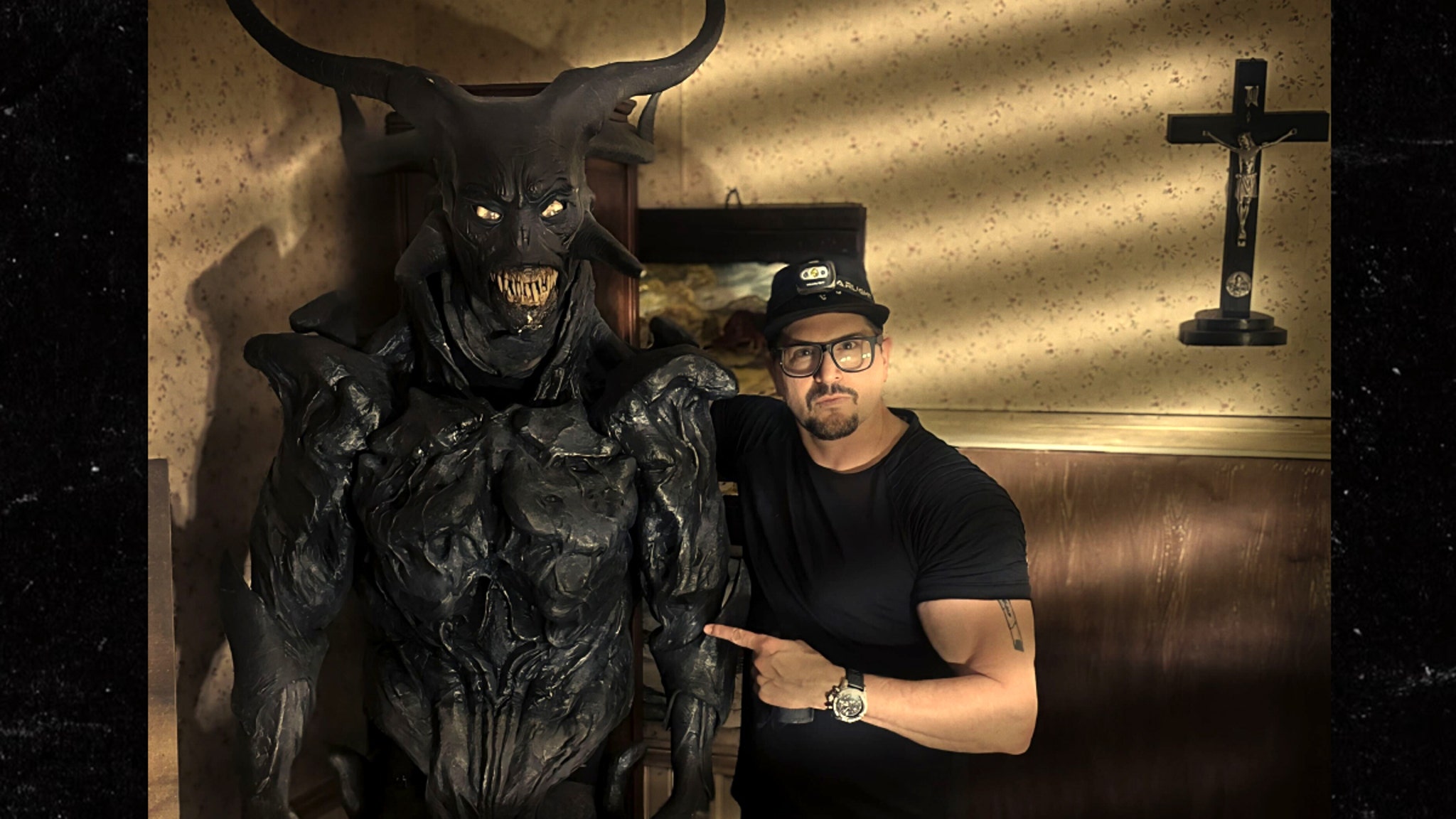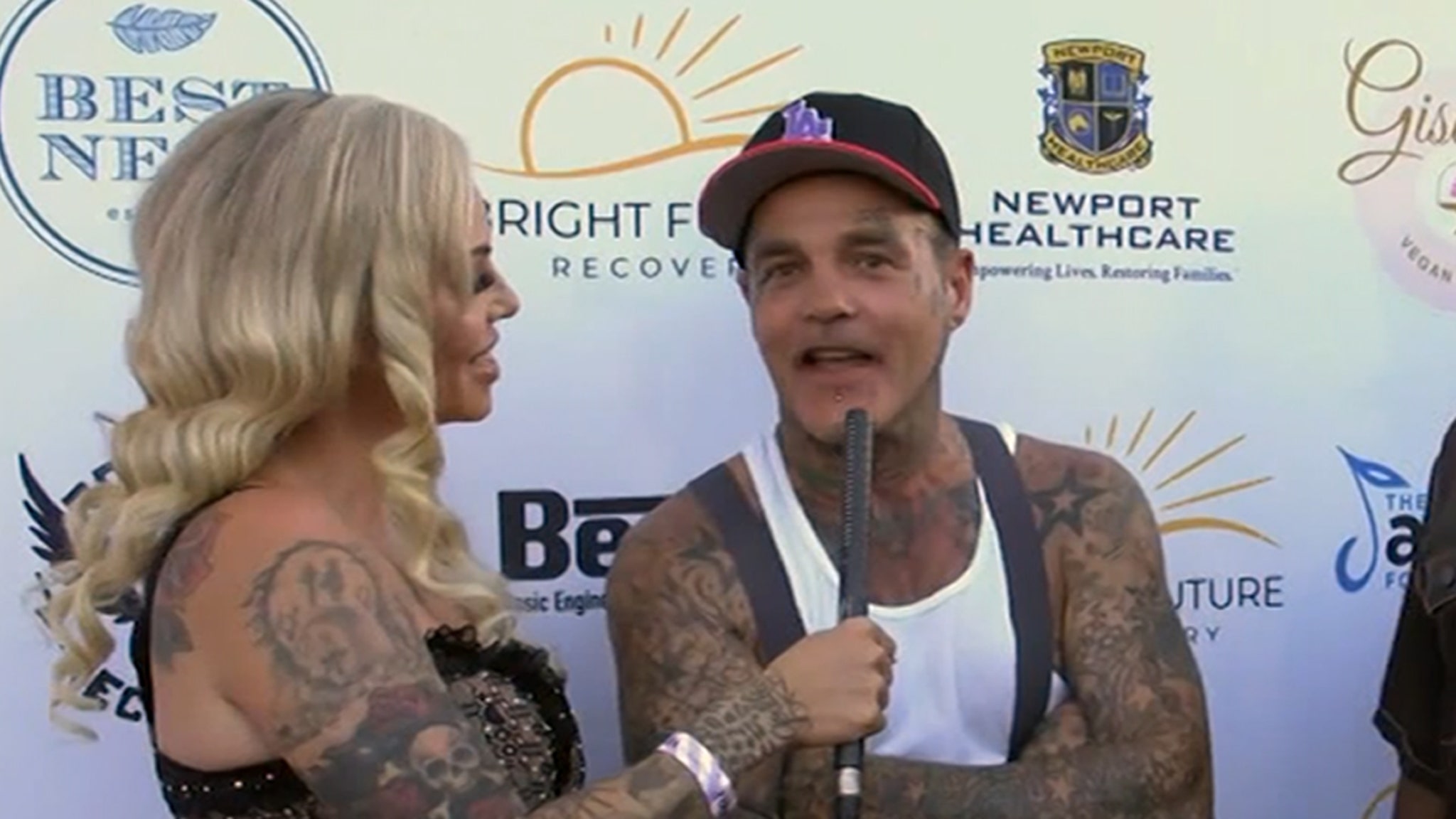Food
Chestnut and Kobayashi Are Out, but These Competitive Eaters Chew On


Day to day, Julie Goldberg eats in a manner that could be described as “exceedingly normal.” She finishes her salad. She does not eat her pizza crust. You’d have no idea that Ms. Goldberg, 38, is a competitive eater in training to eat, if not the most hot dogs in history, then the most hot dogs that she has eaten in her life.
They walk among us, these titans of caloric consumption: construction workers and school superintendents, farmers and accountants. The difference is that every July 4, the best of them flock to Coney Island for the Nathan’s Famous International Hot Dog Eating Contest.
This year, the field is unexpectedly open. Last month, Joey Chestnut, the contest’s 16-time champion, was barred from competition after signing an endorsement deal with Impossible Foods. Immediately after the news broke, it was announced that he would go head-to-head with his longtime rival, Takeru Kobayashi, in a Netflix special — “Chestnut vs. Kobayashi: Unfinished Beef” — to air live on Sept. 2. (Mr. Kobayashi, who holds the world record for downing bunless hot dogs, has not been allowed to compete in the contest since 2010, owing to a contract dispute with Major League Eating, the governing body of the Nathan’s event.)
The vast majority of elite eaters are not signing endorsement deals or getting Netflix specials. But they form the backbone of what is not just a sport but an American tradition.
Even at the pinnacle of competitive eating, the range of ability is huge: Mr. Chestnut holds the record with 76 hot dogs (and buns) in 10 minutes, seven dogs short of what scientists have determined to be the theoretical maximum capacity for a human. Geoffrey Esper, who has finished second at the Nathan’s competition for three years running, managed 49.5 hot dogs at his qualifying round this year. Miki Sudo, the nine-time women’s winner, holds the division record of 48.5. Other front-runners, like James Webb, Nick Wehry and Patrick Bertoletti, are also hovering in the high 40s.
But most competitors are not hitting these kinds of numbers.
Cherish Brown, 35, a stay-at-home mother who works two part-time jobs remotely in Edon, Ohio, describes herself as “amateur level,” although she technically went pro last year. Her personal in-competition best is 10 hot dogs.
In a world of Joey Chestnuts, it may be easy to lose sight of just how many dogs that is. Lest you be confused: 10 hot dogs in 10 minutes is so many hot dogs. Even 6.75 hot dogs — Ms. Goldberg’s recent qualifying total — requires dedicated training.
“The thing about competitive eating is that it’s very difficult,” Ms. Goldberg said over wood-fired pizza near her home in Astoria, Queens. It is not the same as gluttony. Overeating is easy, but competitive eating takes skill.
Ms. Goldberg started competing the same way a lot of people do: You meet someone who does it, you get to talking, and they suggest you try it, too.
Shortly after moving to New York City for graduate school — she is working on a doctorate in political science — she met Crazy Legs Conti, one of the “O.G.s of competitive eating,” by chance at an East Village bar. They began practicing together.
He taught her to dip the bun in Tang, allowing the artificial citrus sweetness to counteract the oppressive salt. He introduced her to the Solomon Method. (Named for King Solomon, who legendarily threatened to cut a baby in two, it is the process of snapping the dog in half and eating both pieces at once.)
George Chiger, 45, met Larell Marie Mele, 60, in line at a cable-company office in Pocono Summit, Pa.
“There’s this small, petite woman in front of me in yoga pants and purple hair, and she’s all excited that she’s going back to Coney Island, and she ate 15 hot dogs and buns,” he says. “I kind of chuckled, and she’s like, ‘Big boy, I can eat more food than you.’”
The two became sparring partners. They would meet at her gym — she was a personal trainer at the time — and set up George Foreman grills on the basketball court to practice; if her goal was 15 dogs, he’d tell her he was going to do 16, as motivation.
“We did that for years,” he says, until, in 2015, Ms. Mele finally persuaded him to compete in a Nathan’s qualifier at the Pocono Raceway. “The adrenaline pump was insane,” he said. “It’s changed my life.”
When he met Ms. Mele, Mr. Chiger, who is 6-foot-6, was “400-plus” pounds and had just been told by a life insurance company that he was uninsurable. Today, he is just under 300 pounds, a change he proudly credits to competitive eating.
“It showed me simultaneously, OK, I can eat large amounts of food and really be health-conscious the other six days out of the week,” he said. “The doctors are happy. I call it the hot dog diet.” (This is not strictly true. He has also recently competed in doughnuts — 37 in eight minutes, strawberry shortcake — 14 pounds, and sweet corn — 30 ears.)
One thing competitive eating teaches you is that the body works in mysterious ways. And, like all sports, this one is a matter of training both the body and the mind.
First, the body. Every one of these eaters is trying to do two things: expand stomach capacity and improve technique. Gideon Oji, 32, a former college basketball player from Nigeria who by day is a management trainee at Enterprise Rent-a-Car in Atlanta, runs “six or seven” miles a day in training — for “endurance,” he said, adding that he performs best when he’s leanest.
“It’s a lot of sacrifice for what we love,” said Mr. Oji, who devoured 35 hot dogs at this year’s Nathan’s qualifier in Times Square, and holds the world record in kale (22½ 16-ounce kale salads at Kale Yeah! — The World’s Healthiest Eating Championship, in 2017).
To increase the flexibility of their stomachs, some athletes focus on what amounts to an internal stretching program, using vast quantities of watermelon or vegetables or water or Diet Coke, while others do no stretching at all.
“I don’t have the opportunity as much, with the business,” said Ms. Mele, who owns an electrical contracting company with her husband. “My training is just the practices.”
This is where all the regimens align: You have to practice eating hot dogs. “You have to do that,” Ms. Mele said, gravely.
This process is refreshingly straightforward: You put 10 minutes on the clock and eat as many hot dogs as you can.
A couple of times a week, Darrien Thomas, 25, of Bowmanville, Ontario, a dietary manager at a retirement home and the No. 1 competitive eater in Canada, turns on music: Rage Against the Machine, and only Rage Against the Machine. (“Every time I hear Rage Against the Machine, I literally taste hot dogs,” he said.) And then, as his family watches — for safety reasons, he never practices alone — he eats.
It is an analytical type of eating. “That’s where you really improve is in those training runs,” he said. Competitive eaters deconstruct the process, tweaking variables, looking for inefficiencies.
Ms. Goldberg had been experimenting with a method new to her — two dogs at a time — but decided against it. Lately, she’s been focusing on shorter practices, so she could really home in on mechanics. She’d heard it was better to keep the food in the center of your mouth, rather than at the edges.
“Some people have a command over not chewing too much,” she said. This is her current struggle, fighting the natural urge to chew.
Then there is the mind. The body does not want to consume six or 20 or 72 hot dogs. “At some point, you’re fighting your body to keep that food down,” Mr. Oji said. The drive to overcome that natural instinct must come from somewhere deep within.
“There’s just a lot in my life that’s happened that makes me better at pushing past mental barriers,” said Ms. Brown, the relative newcomer from Ohio.
Ms. Brown’s 9-year-old daughter died in 2020 from a rare form of brain cancer. Six months later, her son, then 8, was diagnosed with chronic kidney disease. He is doing well, though he may eventually need a transplant.
For her, the reward is more than the possibility of glory.
“I’ve made so many friends competitively eating,” she said, adding, “Nobody else that I know is doing anything this cool.”
For Mr. Thomas, the Canadian champion, it’s about the thrill of “that raw competition,” as he describes it — “that feeling of just being able to push past yourself.”
On a Monday in early June, he spent the day fasting in preparation for the next day’s practice. “Obviously, I would rather be able to eat with my family,” but greatness requires sacrifice.























